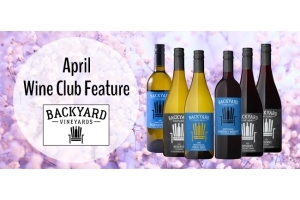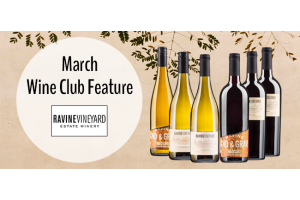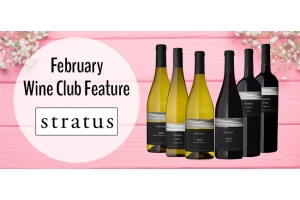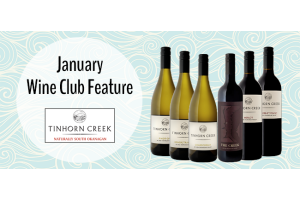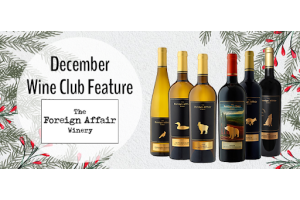Wine 101: The Similkameen Valley
For those not intimately acquainted with British Columbian wine country, there might be some confusion or misconceptions whenever we mention a wine coming from the Similkameen. The majority of B.C. wine hails from the Okanagan Valley, almost 85 percent of it, and many Canadian wine fans are familiar with at least a few of the general Okanagan sub-regions – the Golden Mile, Okanagan Falls, the Naramata Bench, and so on. When we talk of the other Geographical Indications of B.C. like Vancouver Island or the Gulf Islands, it’s pretty easy to figure out the areas we’re discussing in the larger realms, too.
So how does the Similkameen Valley fit in to all of this? A few things you should know:
- It’s not part of the Okanagan. Nope, the Similkameen Valley is its own Geographical Indication, just like The Okanagan Valley or Vancouver Island. The region is adjacent to the South Okanagan, just west of the Oliver-Osoyoos area, and sits atop the United States border.
- Production is small but growing. The region is currently our second-largest GI in production, but that only accounts for 6.4 percent of B.C. vineyard plantings. There are about 600 acres of vineyard, along with many fruit orchards.
- A river runs through it. The Similkameen River, that is – and it can assist in moderating temperatures for vineyards planted nearby.
- It’s the organic farming capital of Canada. Almost half of the agricultural products in the region are farmed organically. There are many factors that contribute to this, like very hot and dry conditions during the growing season, but particularly…
- The crazy, crazy wind! There’s a pretty-much-daily wind that howls through the Valley, it can be quite violent at times, and it acts as a natural pesticide (critters just can’t hang on to the vines), plus it alleviates any major issues with mould or mildew.
- The soils are awesome. Glacial deposit has left them mineral-rich, along with plenty of calcium carbonate, gravel, alluvial fans and more.
- Big, rugged mountains. The area is more mountainous than the Okanagan, which offers some interesting options for where vineyards can be planted. While full-sun is almost-always doable, many also opt to plant cooler-climate varieties where higher peaks may cast a shadow for a bigger chunk of the day. Because of this…
- You can grow almost everything. From big and juicy Cabernets to crisp and lively Rieslings with brilliant acidity; they can all work.
To illustrate the diversity offered by the Similkameen Valley, even from one winery’s vineyard plantings, pop over and nab a couple bottles from Eau Vivre Winery by clicking right here to check out their offerings; the scope is wide. At one end of the spectrum, the 2013 Riesling charms with aromatics of white flowers, fuzzy peach, and a juicy palate of crisp apples and lime, while at the other end, their 2012 Cabernet Franc is lip-smackingly ripe and abundant with currants, mulberries, blackberries and a pinch of pepper.
Kurtis Kolt is a Vancouver-based wine consultant, writer, competition judge and enthusiast. Track him down at KurtisKolt.com, or on Twitter and Instagram @KurtisKolt.



